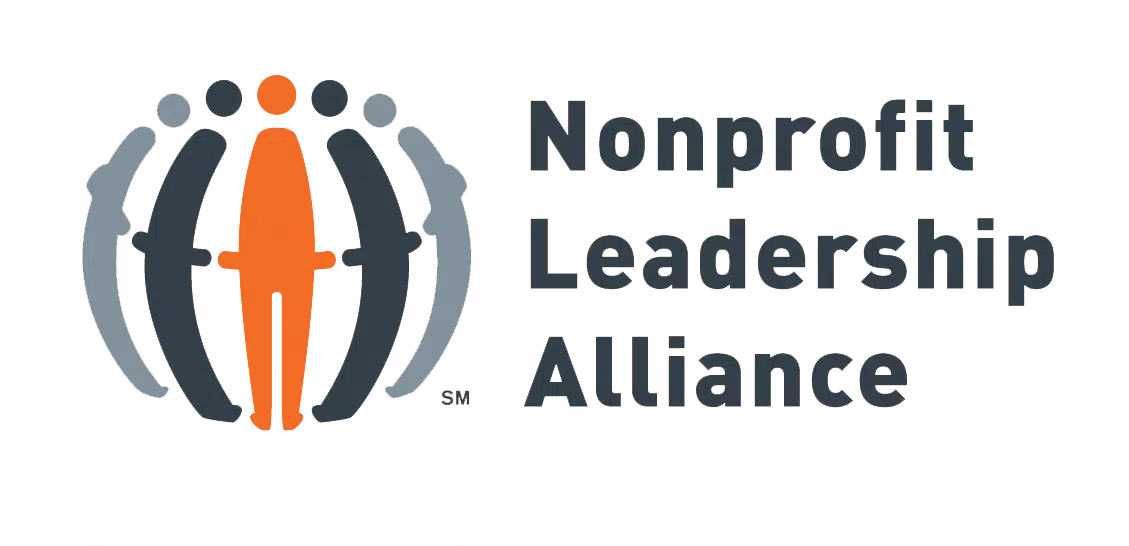Since the onset of the COVID-19 pandemic, remote work has become increasingly popular. It not only offers flexibility for your team but also allows you to easily scale up your organization by hiring people who are the best fit for your nonprofit—regardless of their geographic location.
However, remote work comes with its own challenges. Despite the growth of online fundraising and other nonprofit software solutions that allow you to execute your tasks from anywhere, communicating with different team members virtually can be more difficult than gathering in a central office space and meeting in person.
Staying connected with remote employees is necessary to ensure everyone’s on the same page, keep everything running smoothly, and fulfill your mission. In this guide, we’ll provide some tips for communicating while working from home to easily align your team.
Encourage Open Communication
The last thing you need is for your staff members to feel like they’re in the dark about your organization’s current activities and priorities. Encouraging open communication between staff and leadership will help everyone fully understand the organization’s current state and work together to decide its next steps.
Facilitate open dialogue and help your team members stay in touch with each other by:
- Familiarizing everyone with your software solutions. From fundraising software to your email system to your constituent relationship management platform (CRM), your technology is critical to your operations, even more so when you have remote team members. Train staff members on how to properly use each of your tools so they can perform their regular tasks, access all relevant data, and easily communicate with other team members.
- Leveraging video conferencing software. While you can communicate via phone call, video conferences are an easier way to gather groups of people and run effective meetings. By sharing your screen, enabling chat functionality, and seeing people’s faces, you can better simulate in-person interactions and make virtual meetings more engaging.
- Encouraging everyone to take a communications course. Some of the most impactful nonprofit courses feature information about staff member communication. By encouraging everyone to take these types of courses, you can foster an environment of learning and growing while simultaneously improving the openness of communication at your nonprofit.
Additionally, you may offer more general professional development opportunities for staff members to hone their communication skills, leadership abilities, and industry knowledge. Consider sending remote team members to trade shows or conferences, organizing groups to attend webinars, or subsidizing certificate and credential programs. Investing in your staff pays dividends for your organization and creates a more engaging, supportive work environment.
Prioritize Tasks Appropriately
When you’re working in person, it’s easy to ask your manager, a member of leadership, or a fellow team member which tasks you should prioritize or clarify the order in which you should complete different steps in a project.
However, remote employees may struggle with task prioritization due to the more isolated nature of working from home. Things can more easily get lost in translation, and while one team member might believe a particular project is most important, another member might prioritize a different one.
For example, consider Bob and Larry, two staff members at a nonprofit that supports research for a rare disability. Bob is anxious about the year-end giving campaign. He wants to ensure the fundraising letters are ready and the virtual kickoff event is prepared a month in advance. Meanwhile, Larry is more concerned about the ongoing capital campaign to fund much-needed research equipment.
Since these two employees work closely together, they may become frustrated when they realize their attention is on two different things. Maybe Bob wants Larry’s feedback on the theme of the year-end giving virtual event, while Larry wants Bob’s help with calling major supporters so they can more quickly shift from the quiet phase of the capital campaign to the public phase.
Situations like these can create tension between staff members in the workplace. Leadership can easily solve this issue by assigning each worker straightforward tasks and providing deadlines so prioritization is clear.
Consider using the tasks feature in your nonprofit CRM so that everyone knows exactly what they’re supposed to do, when they need to complete it, and how important or time-sensitive it is relative to other tasks. Bloomerang’s nonprofit software guide recommends using productivity software like Google Workspace, Trello, or Asana to help your team “stay organized through automation, task prioritization, cross-team communications, and more.”
Create Frequent Check-In Opportunities
Nonprofit managers and executives may often find that they have less visibility into what the rest of the team is accomplishing on a daily basis—especially when team members are spread out. On the other hand, staff members may find it difficult to report on their work and obtain feedback without concrete opportunities for doing so remotely.
To promote transparency in your remote working environment, build check-in opportunities into your team’s schedule. That way, team members can ask questions, and leadership can receive updates about various projects.
If you’re looking for ways to proactively gain visibility into what others are accomplishing, you might ask them to:
- Share their daily priority each day. For instance, let’s say you’re running a peer-to-peer fundraising campaign, and you plan a five-minute morning meeting for your fundraising team members to share campaign progress updates. One member of your fundraising team may share that they’re prioritizing creating a newsletter to update participants on the campaign’s progress, whereas another member may focus on compiling tips for how participants can maximize the funds they raise. Then, you’ll have more context when different team members reach out with questions, and you can follow up on their progress in the coming days.
- Ask them to track their time for various assignments. Implement a time-tracking system so you know how much time each assignment takes to complete. You may find that staff members are spending more time than you intended on a certain task or need to prioritize their work differently.
- Schedule weekly project update meetings. Large-scale projects may require meetings specifically dedicated to them. During these meetings, individuals can discuss what they’ve accomplished during the week for the project and determine their next steps.
As you create opportunities to check in on various projects and staff members, avoid crossing the line into micromanagement. Staff members should still feel that they have your trust as they complete their work. Be sure to explain to them that your reasoning for this exercise is to only provide a helping hand when it’s necessary.
With most jobs, communication is critical, but even more so when you’re working remotely. When you make it a point to establish clear communication standards and an open dialogue amongst employees, you’ll not only ensure remote workers are successful, but you’ll also create a positive organizational culture based on mutual respect, understanding, and trust.
Did you enjoy this story?
Get nonprofit tips and tools delivered right to your inbox by joining The Nonprofit Leadership Alliance Newsletter. Our bimonthly newsletter will make sure you know what’s happening with our network of social sector leaders.
Why Nonprofit Emails Go Unread — And How To Change That
Nonprofit organizations depend on email as a key communication tool for engaging supporters, sharing impact stories, and driving donations. Yet many nonprofit emails remain unopened or ignored, limiting their reach and effectiveness. Understanding the factors
Types of Tools to Strengthen Your Grants Compliance Approach
When grant funding is an important revenue source, grant compliance becomes critical to nonprofit success. Without it, grant funding could be jeopardized, putting vital programs and initiatives at risk. This makes optimizing your grants compliance
Introducing April 2025’s Certified Nonprofit Professional (CNP) Cohort
The Nonprofit Leadership Alliance is proud to introduce April 2025’s Certified Nonprofit Professional (CNP) Professional Track cohort! This group of nonprofit professionals have begun their six-month journey, participating in one of only four cohorts offered



